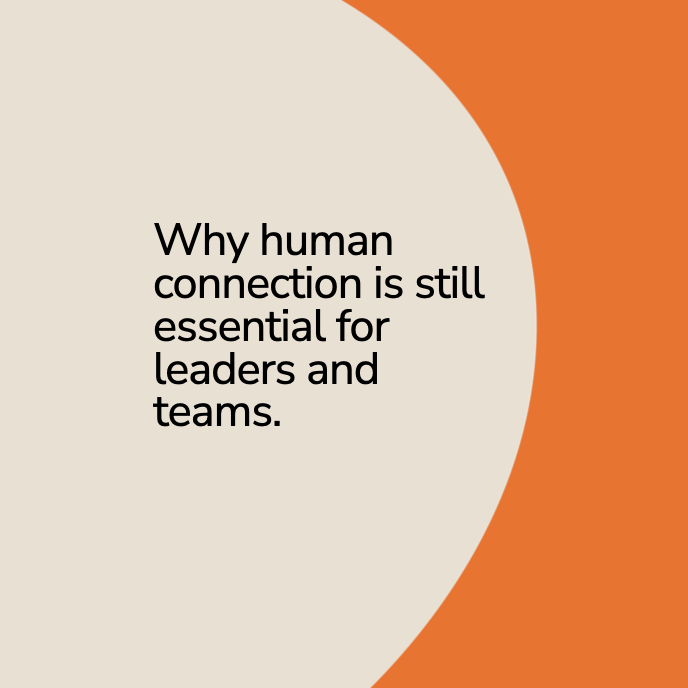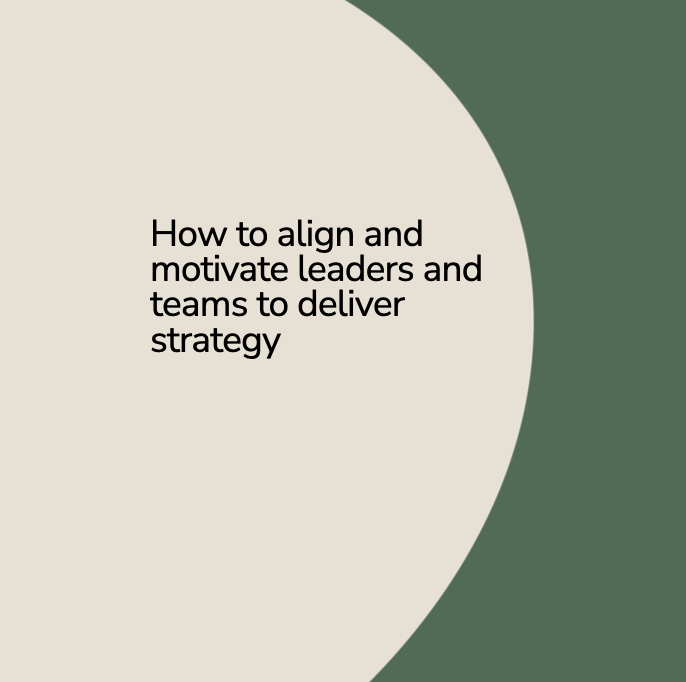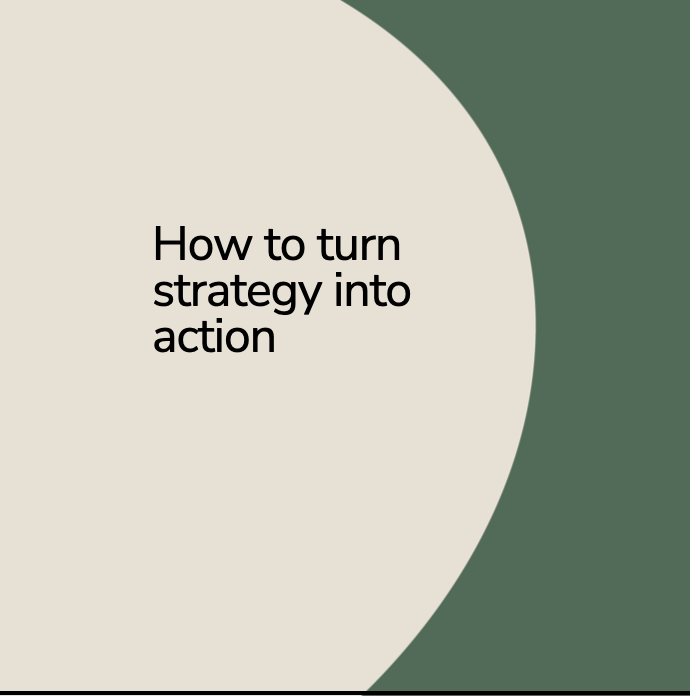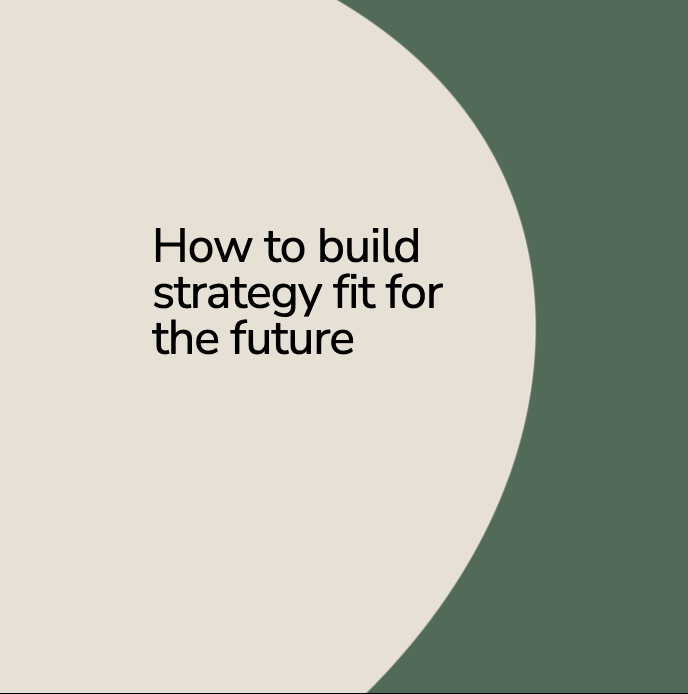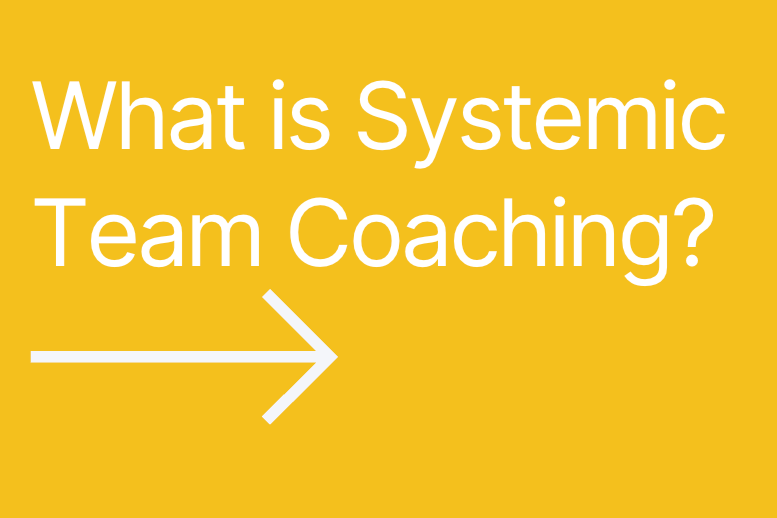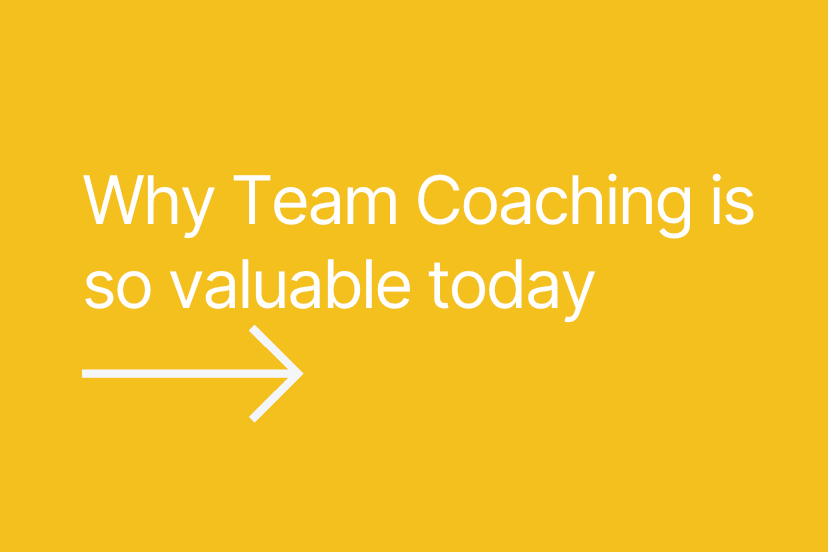Why human connection is essential for leaders and teams.
“As machines get better at being machines, humans have to get better at being more human.”
This article explores why trust, compassion, and connection are now the true differentiators for leaders and teams in an age of AI and dispersed work.
How to Align and Motivate Leaders and Teams to Deliver Strategy
“Alignment is not about agreement. It’s about commitment.”
This article explores how leadership teams can create a shared narrative, build trust, and motivate people so that strategy lives beyond the boardroom and drives daily action
How to turn strategy into action
This article shows how leadership teams can close the strategy–execution gap by setting meaningful OKRs and KPIs, breaking them into milestones, assigning ownership, and making time for the work that shifts the dial.
How to create a strategy that is fit for the future
Strategy isn’t a plan to file away - it’s a living framework that must adapt, engage stakeholders, and look to the future. This article explores how leadership teams can create strategies that are resilient, relevant, and fit for the world ahead.
What is Systemic Team Coaching?
You can coach brilliant individual leaders and still have a team that struggles to align, adapt, or deliver together. Here’s why Systemic Team Coaching is the missing link and why I’m training as a Systemic Team Coach.
Why Team Coaching Is What Organisations Need Today
Effective Teams create successful organisations. Why Coaching teams, not just individuals, is what organisations need today.

